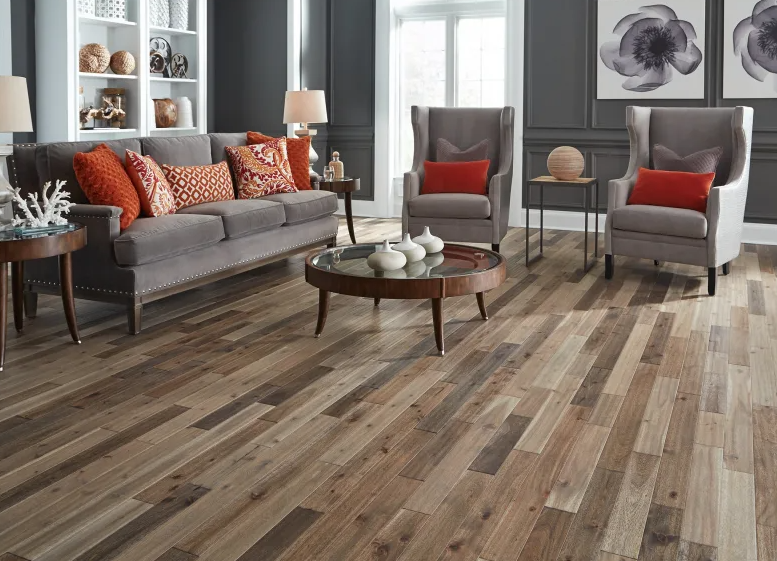
Installing hardwood floors can transform your space, adding elegance and warmth to any room. However, the process can be daunting for beginners and experienced DIY enthusiasts alike. From choosing the right materials to mastering the installation techniques, there’s a lot to consider. But fear not! In this comprehensive guide, we’ll walk you through everything you need to know to ensure a successful hardwood floor installation.
Choosing The Right Hardwood:
Before diving into the installation process, it’s essential to select the right hardwood for your project. Consider factors such as the type of wood, grade, width, and finish. Hardwood floors come in various species, each with its unique characteristics and aesthetic appeal. Whether you prefer the timeless beauty of oak or the exotic allure of bamboo, there’s a hardwood option to suit every taste and budget.
Preparing Your Space:
Proper preparation is key to a smooth installation process. Start by ensuring that the subfloor is clean, level, and free of any debris. If necessary, make any repairs or adjustments to create a solid foundation for your new hardwood floors. Additionally, acclimate the hardwood planks to the room’s temperature and humidity levels to prevent warping or shrinking after installation.
Tools and Materials:
Gather all the necessary tools and materials before starting the installation. This typically includes hardwood flooring planks, underlayment, adhesive or nails, a tape measure, a saw, a hammer, a nail gun, spacers, and a trowel. Having everything on hand will streamline the installation process and help avoid unnecessary delays.
Installation Techniques:
There are several methods for installing hardwood floors, including nail-down, glue-down, and floating. The best approach will depend on factors such as the type of hardwood, the condition of the subfloor, and personal preference. Nail-down installation involves securing the hardwood planks to the subfloor using nails or staples, while glue-down installation uses adhesive to bond the planks directly to the subfloor. Floating installation involves interlocking the planks without attaching them to the subfloor, making it a popular choice for DIYers.
Maintenance and Care:
Once your hardwood floors are installed, proper maintenance is essential to keep them looking their best for years to come. Regular cleaning with a soft broom or vacuum and occasional mopping with a damp cloth or hardwood floor cleaner will help remove dirt and debris. Additionally, be sure to protect your floors from scratches and dents by using furniture pads, area rugs, and mats in high-traffic areas.
Conclusion:
Installing hardwood floors is a rewarding home improvement project that can enhance the beauty and value of your space. By following the tips and guidelines outlined in this handbook, you’ll be well-equipped to tackle the installation process with confidence. Remember to choose the right hardwood, prepare your space properly, gather the necessary tools and materials, and select the appropriate installation technique for your project. With a little patience and attention to detail, you’ll enjoy the timeless elegance of hardwood floors for years to come.
